In Haiti, the journey to marriage often begins with a stage known as “causer,” which translates to “talking together.” This period allows two people to get to know each other and see if their connection develops into a romantic relationship. Sometimes, it leads nowhere, but when love blossoms, the couple may stay together for years before deciding to marry. While some relationships may result in marriage within just three or four months, this is quite rare—only a small percentage of couples marry so quickly.
For couples who have spent many years together and finally decide to marry, several important steps must be taken. First, they need a place to live, either by building a home or renting one. Then, they choose how they want to formalize their union.
Some opt for a simple civil wedding, where they visit the civil registrar’s office with a few witnesses and close family members. This type of marriage is low-key and affordable, often taking place privately, so much so that others may not even realize they are married.
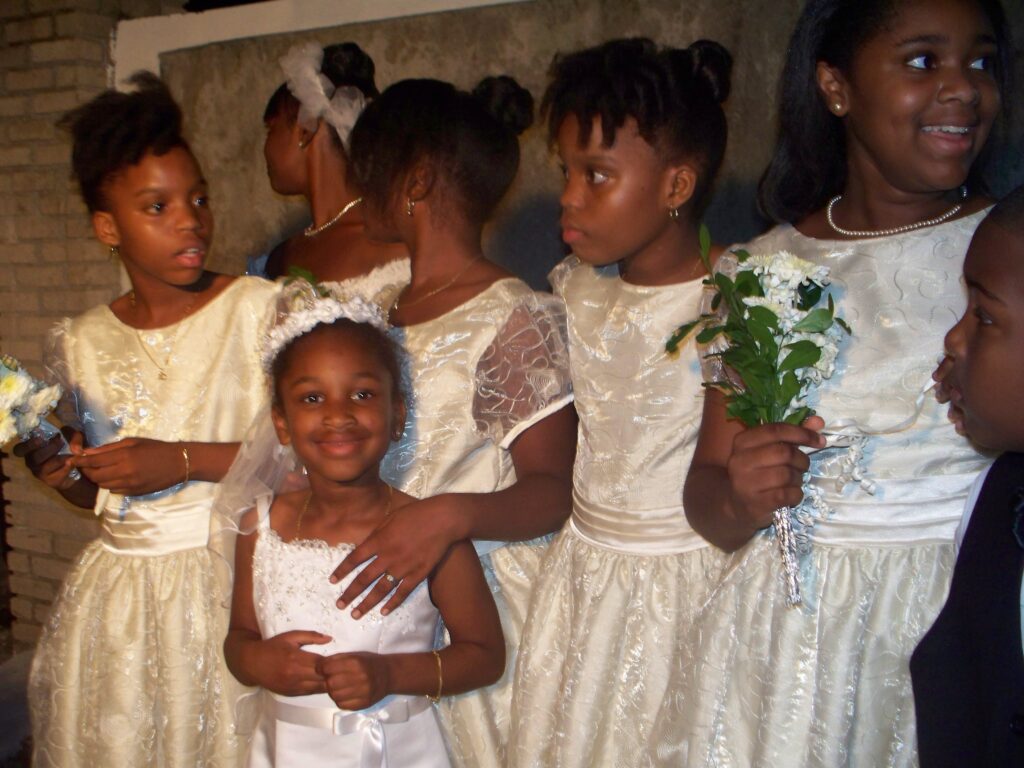
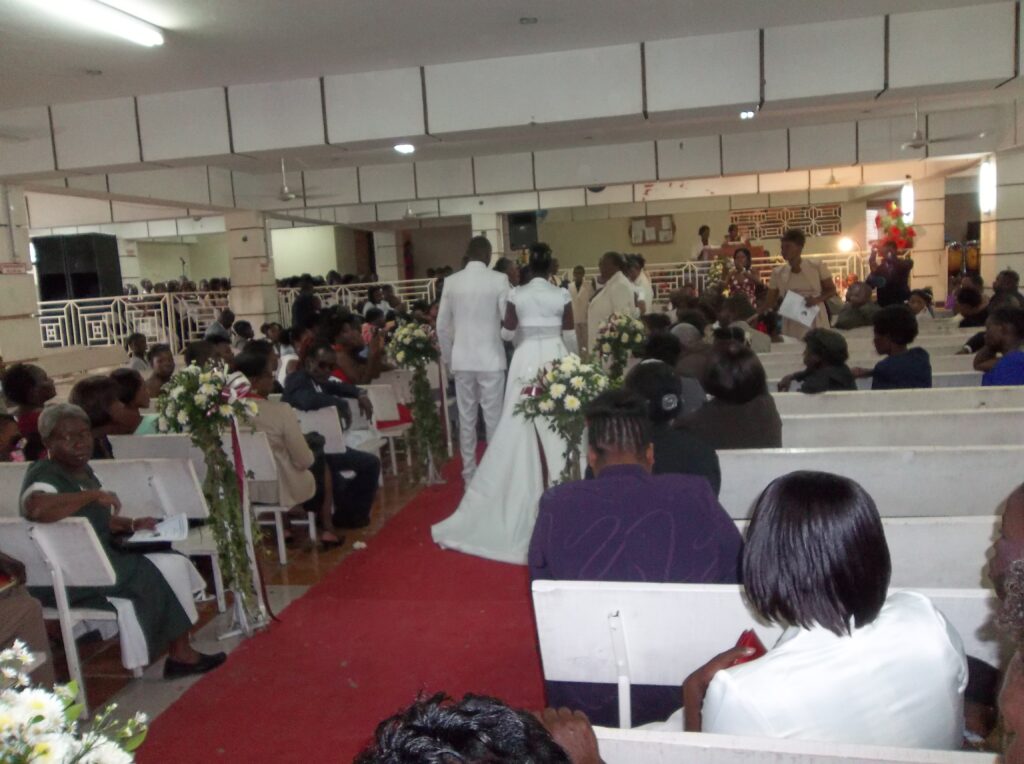
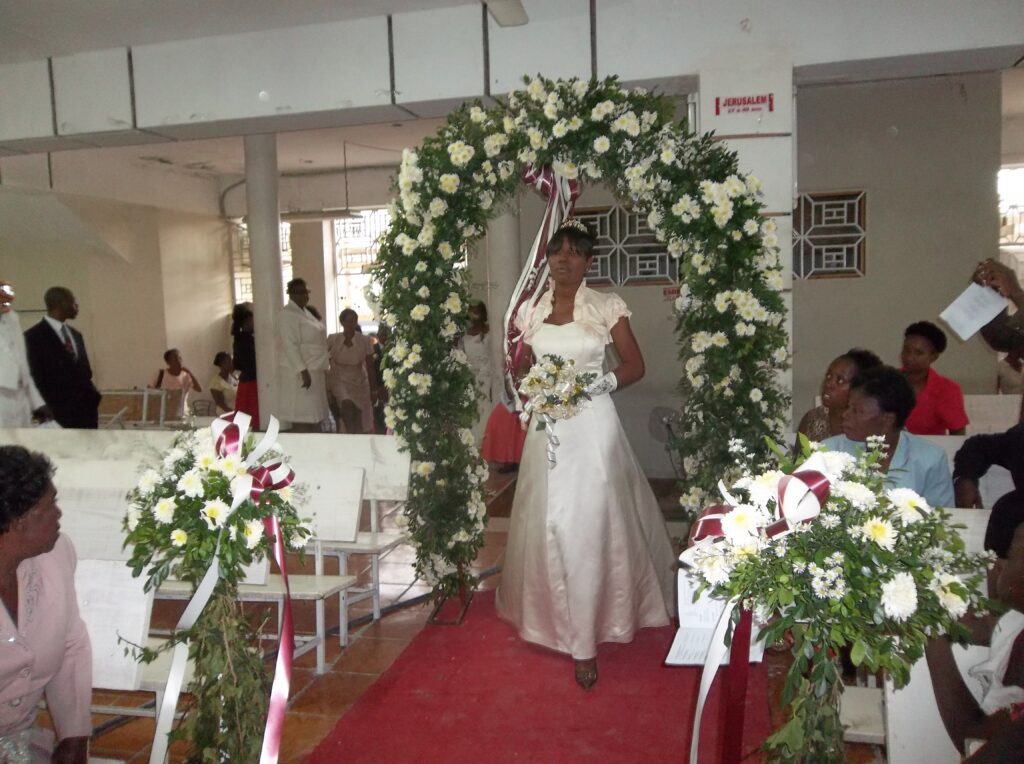
On the other hand, some couples choose to have a big wedding ceremony, which is much more elaborate and expensive. These weddings are marked by traditions, including a procession featuring little children dressed up, one of whom carries the wedding rings. Many of those in the wedding party also wear white. A young woman called the “announcer” sets the tone for the ceremony by dancing into the church to music. She leads the way with five girls and five boys as they dance their way to the front of the church. There are also symbolic figures like a “king” and “queen,” and children scatter flowers, candy, and rice to wish the couple prosperity. The couple sits in chairs facing each other in front of the church or facing towards the front.

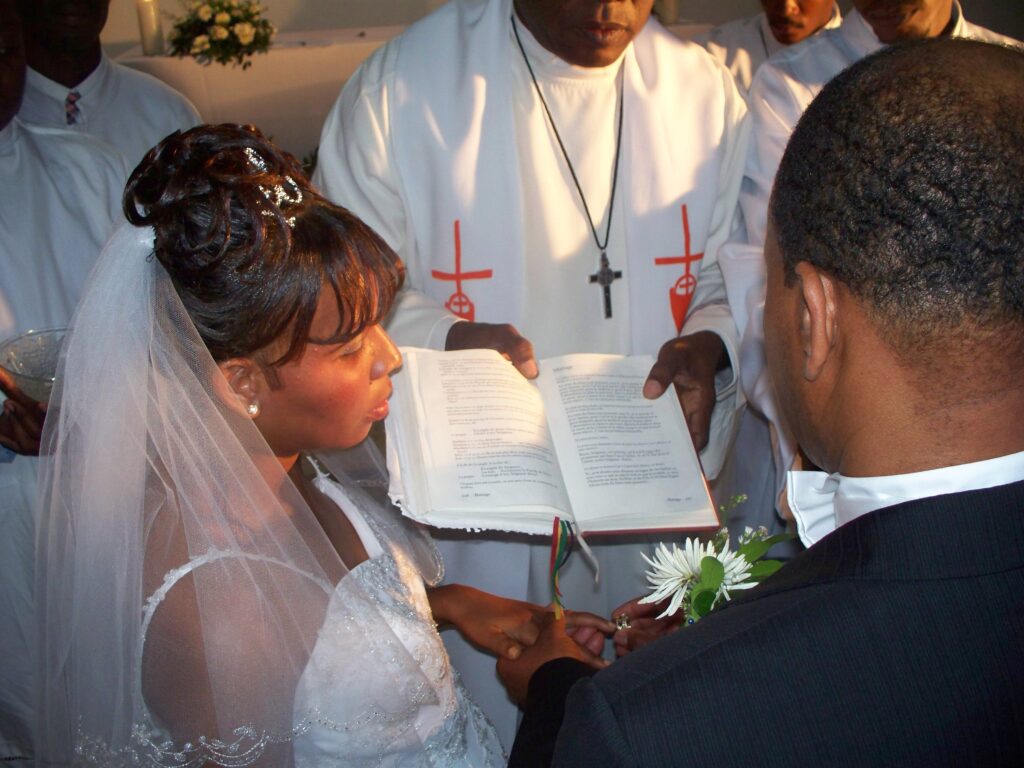
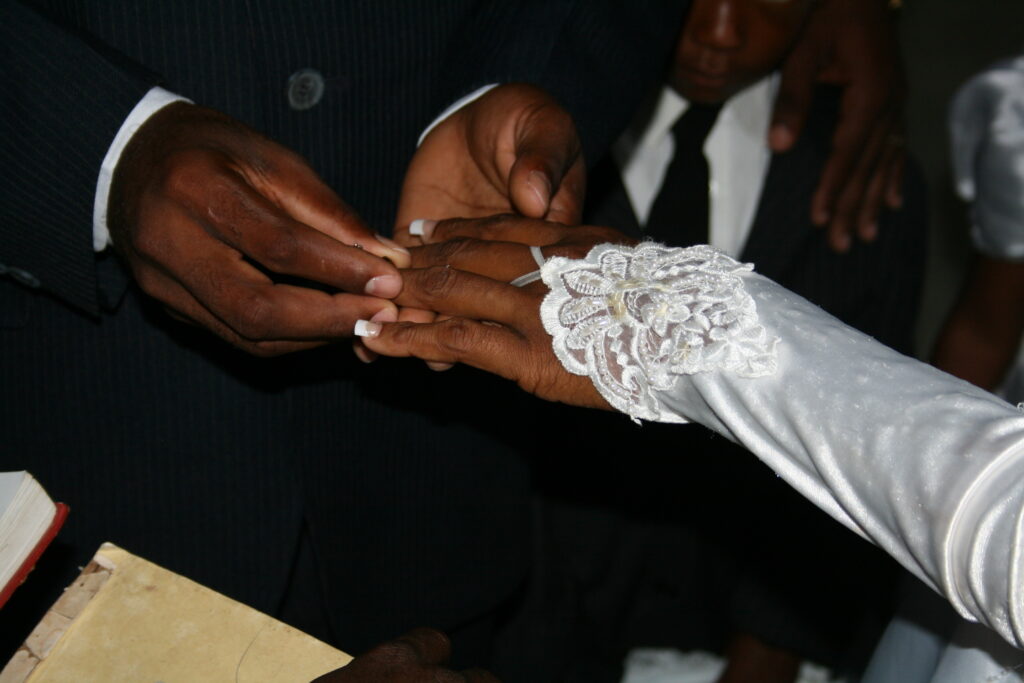
As the ceremony unfolds, the pastor makes a formal announcement, asking if anyone objects to the marriage. If there are no objections, the couple proceeds with reciting their vows, kneeling for a consecration prayer, and exchanging rings. The ceremony continues with songs, prayers, and Bible readings, followed by a short sermon. Afterward, the couple signs the church register in front of family and friends to make the union official.
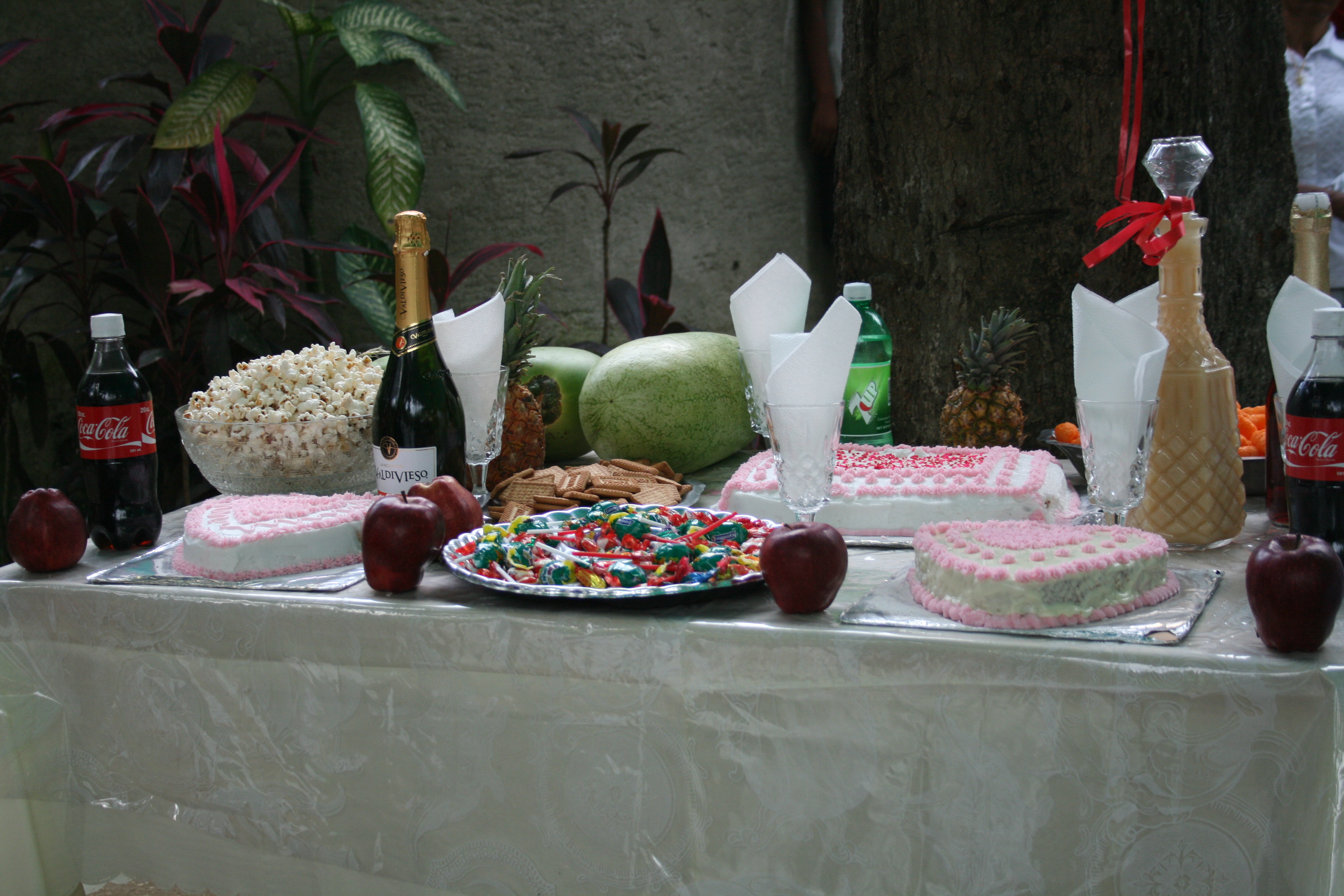
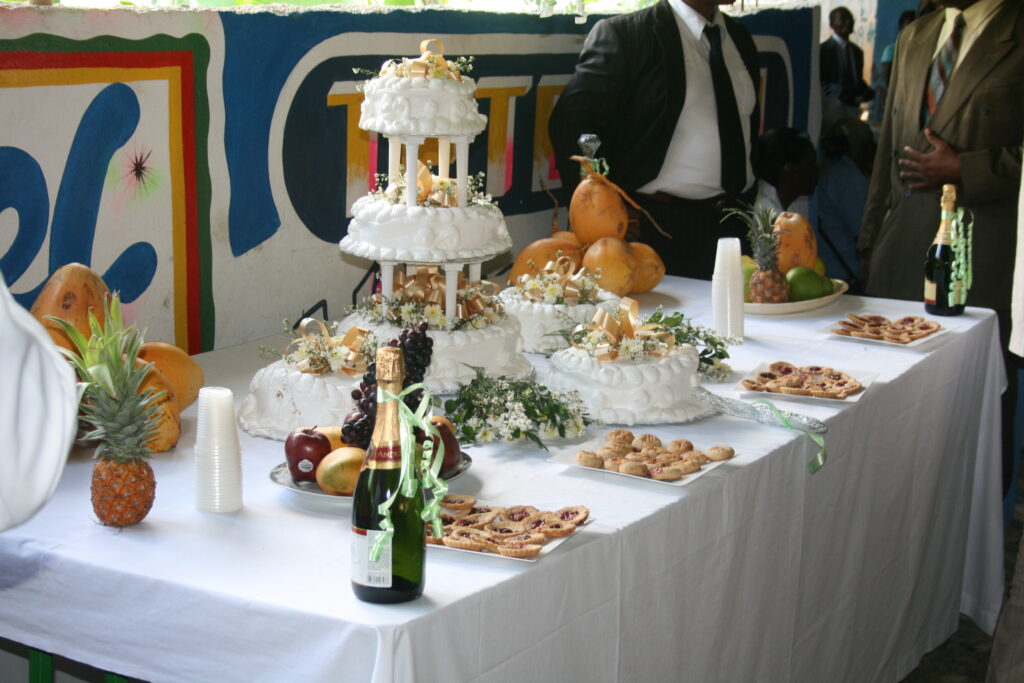
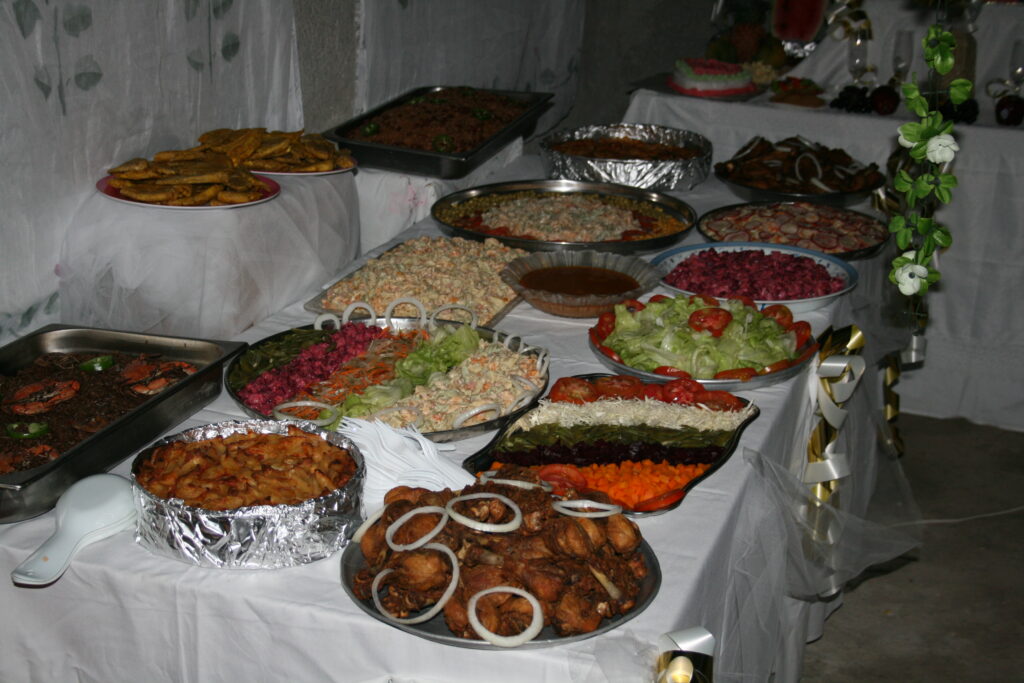
The celebration doesn’t end there. After a blessing, the newlyweds and their guests head to a reception, which is typically held at a separate location. Everyone from the village comes to celebrate and eat! They feed everyone big plates of food. If the couple can afford it, they may go on a honeymoon; if not, they return home together.
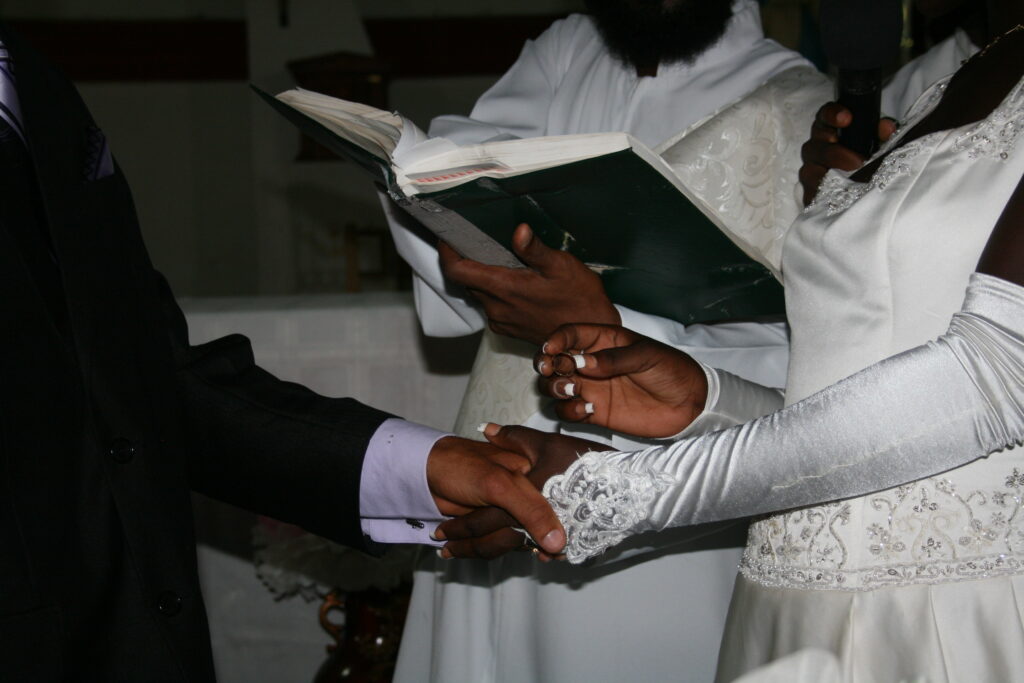
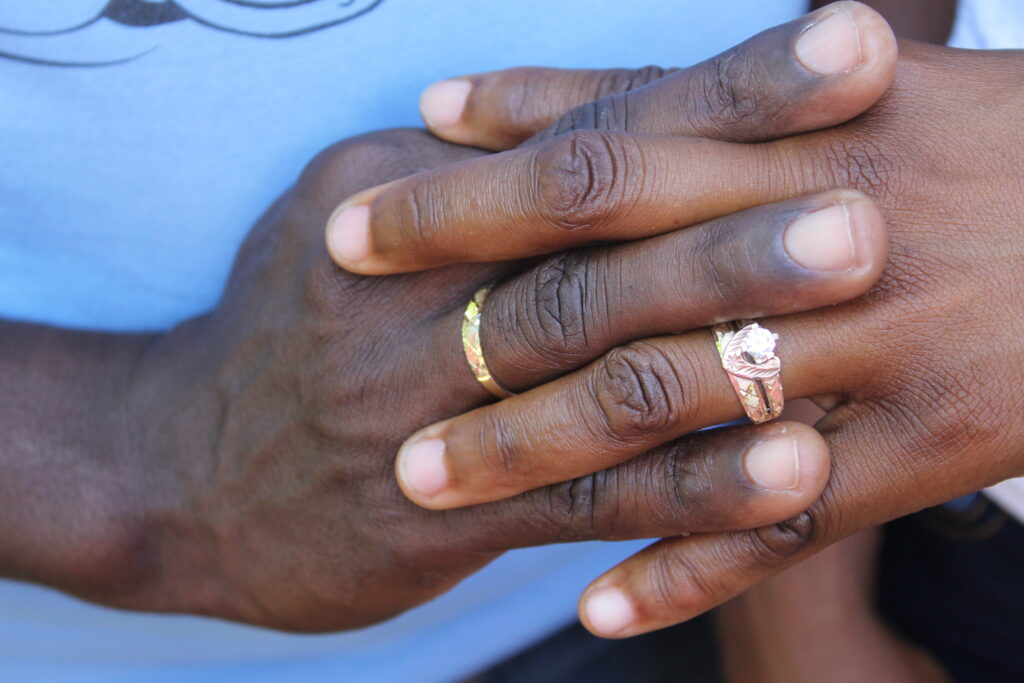
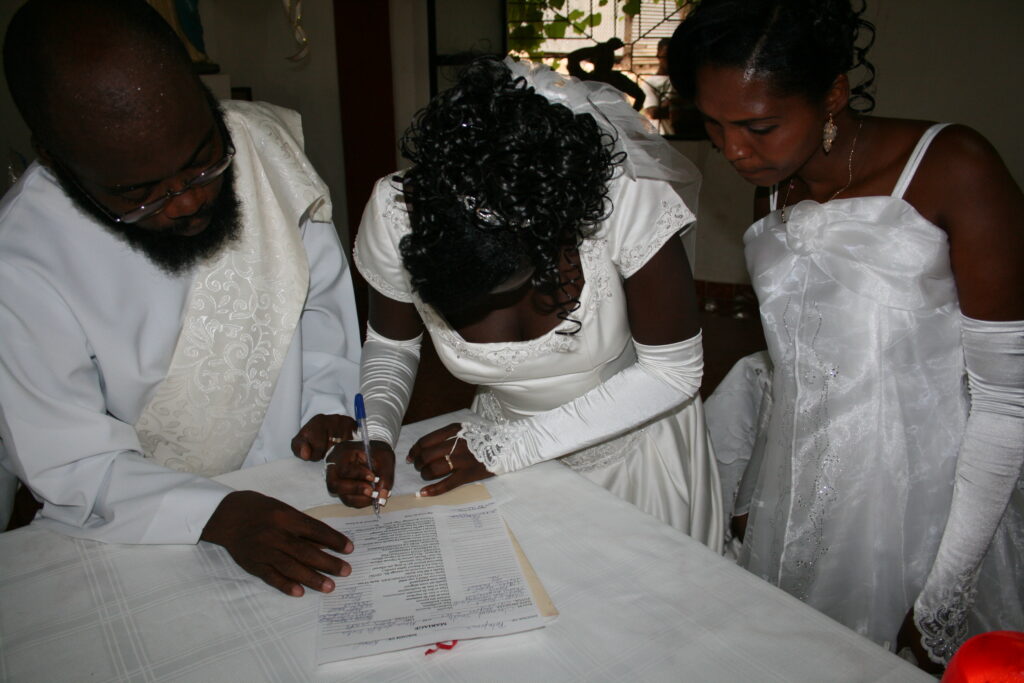
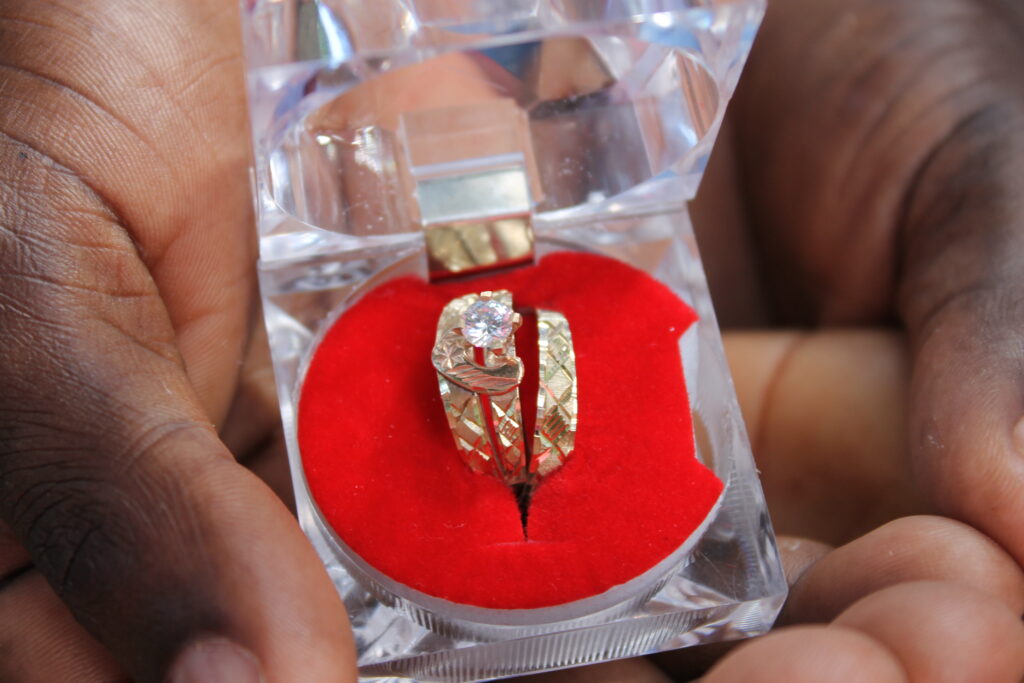
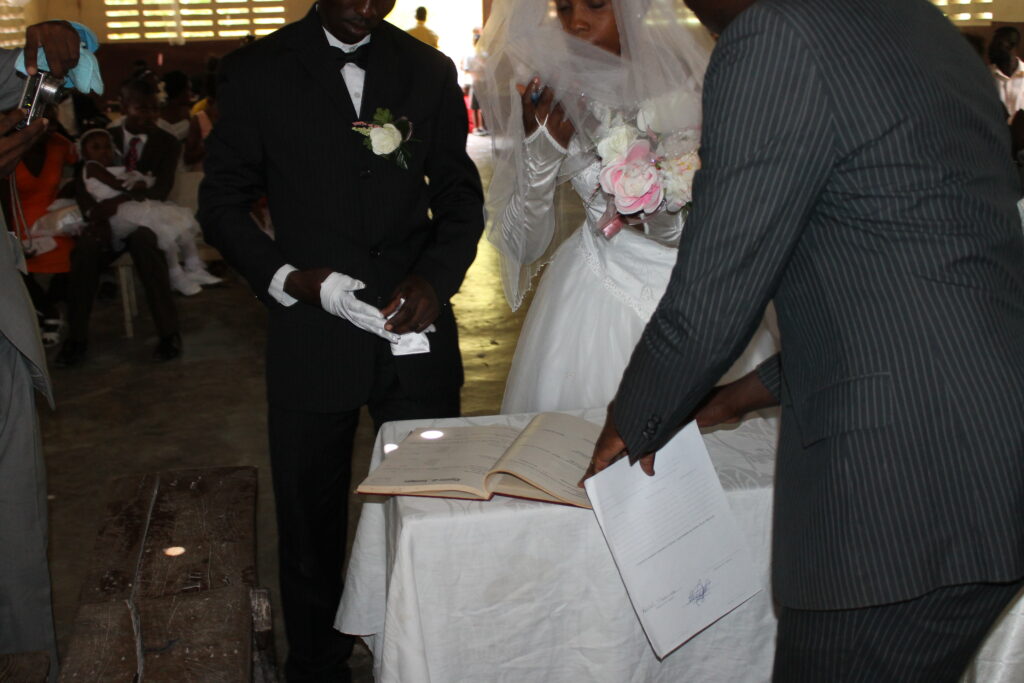
An important tradition in Haitian weddings is that if the bride is a virgin, she wears a veil. If she is not, the veil is omitted. This small detail is deeply rooted in cultural values and is often noted during the ceremony.
Haitian weddings, whether simple or grand, are filled with meaning and cherished customs that reflect the joy and commitment of the couple as they begin their new life together.

